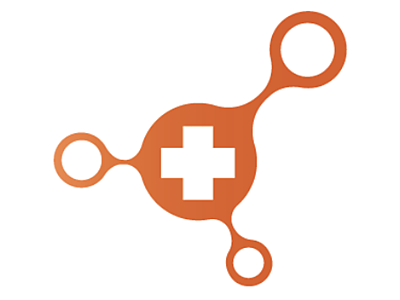What is an "Open Code" Platform?
Posted by David Richards on April 20, 2020, 4:00 PM EDT

The answer: you know it when you see it.
As an advocate for open solutions we're commonly asked our definition for what is meant by our use of this term. Which, for the software IP we've developed, we term "Open Code".
Regardless (and unfortunately) there is no rigid, hard and fast definition of what everyone means when they use the term "open" software Rather, arriving at an answer for whether a solution is open versus proprietary/closed is somewhat akin to the adage penned by SCOTUS Justice Potter Stewart when asked what constitutes pornography: "[You] know it when [you] see it”.
The same is true here. "Openness" is not a binary determination and is instead found along a continuum. The way we think about it is the more open the approach a technology or solution provider takes, the more it incorporates amounts of the following six elements:
Open Standards: Technology standards that are publicly available and have associated use rights. The IETF’s SMTP and TCP/IP are examples of global open standards. In most cases open standards are much narrower in scope/impact though no less important.
Open Source Software: This is software that falls under an OSI license and is generally free, always modifiable at the source code level, and can be broadly re-distributed. Linux is perhaps the poster child for such products.
Open Code Software: This is a less prescribed class of software. It’s characterized as free or inexpensive and modifiable at the source code level and redistributable under agreed upon parameters.
Open Programming Languages: The popular PHP and Python languages are entirely open source while Java, one of the world's most influential programming languages, is mostly open source. As contrast, a language like Salesforce’s Apex is proprietary.
Open APIs: Often referred to as public APIs, these are publicly available application programming interfaces that provide developers with programmatic access to proprietary software applications or web services.
“Open-Shoring”: This is a term we use internally. It's relevant because the cost, availability and quality of technology talent varies greatly across the globe. Open-Shoring (also referred to as "Right-Shoring") balances the use of domestic/onshore resources with offshore assets.
Along these dimension Open Health Innovations applies copious amounts of all six. Including allowing partners access to source code to optimize their own proprietary extensions.
